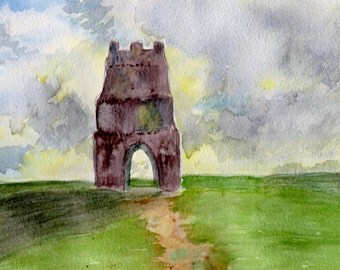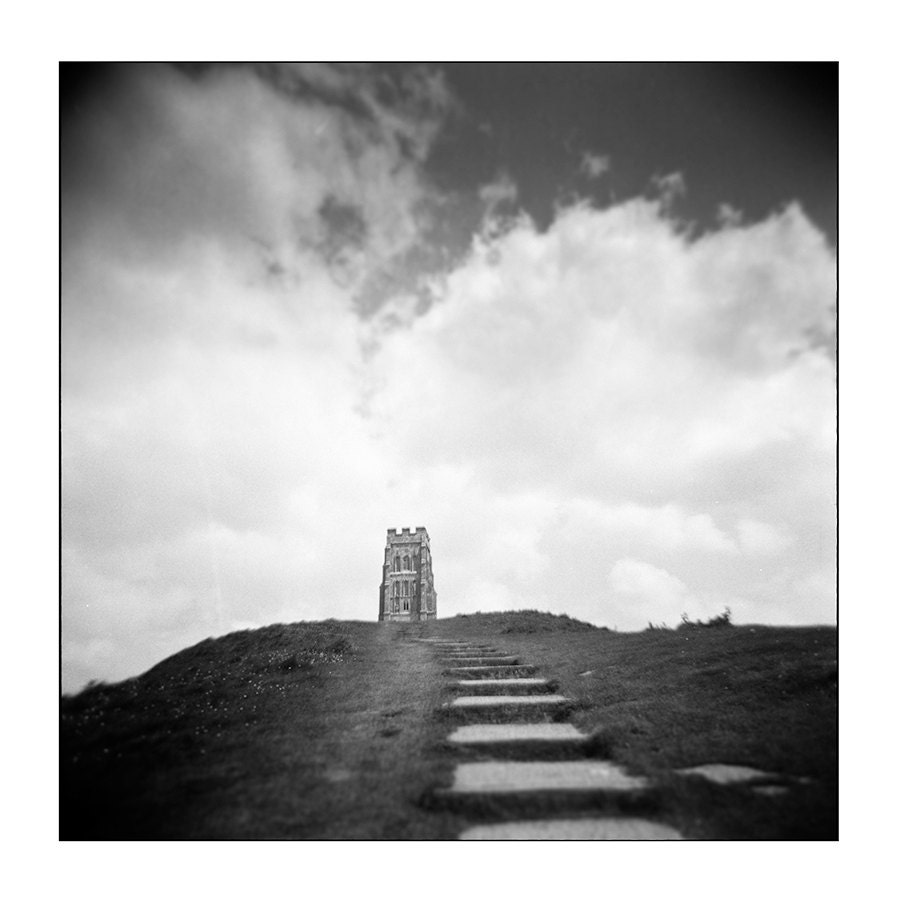

Its pagan beliefs are still very much celebrated. Glastonbury Tor is known as being one of the most spiritual sites in the country. The monks of Glastonbury Abbey claimed to have actually found his grave in 1191. Glastonbury has a long tradition of being ‘The Isle of Avalon’ where King Arthur went after his last battle. The Cauldron and the Grail were both the object of quests for King Arthur and his knights. This realm was said to be home to the lord of the Celtic underworld Gwyn ab Nudd with the Cauldron of Rebirth.Īnother legend links this site to the Holy Grail, said to have been brought here by Jesus’s uncle, Joseph of Arimathea. One such story followed that beneath the hill there is a hidden cave through which you can pass into the fairy realm of Annwn.

The Tor has long been shrouded in legends and myths. Abbot Richard Whiting was executed here in 1549 on the orders of Thomas Cromwell, the first Earl of Essex.

It has been suggested that the terraces form a kind of maze that guided pilgrims up the sacred hill. The terracing on the hillside has been dated to Neolithic times, around the same time as when Stonehenge was constructed. Before modern drainage, the Tor in winter would have towered above the flooded Somerset Levels. The conical shape of Glastonbury Tor is natural as thousands of years ago it was an island. Glastonbury Tor is a prominent hill overlooking the Isle of Avalon, Glastonbury and Somerset that offers magnificent views of the Somerset Levels, Dorset, Wiltshire and Wales.


 0 kommentar(er)
0 kommentar(er)
